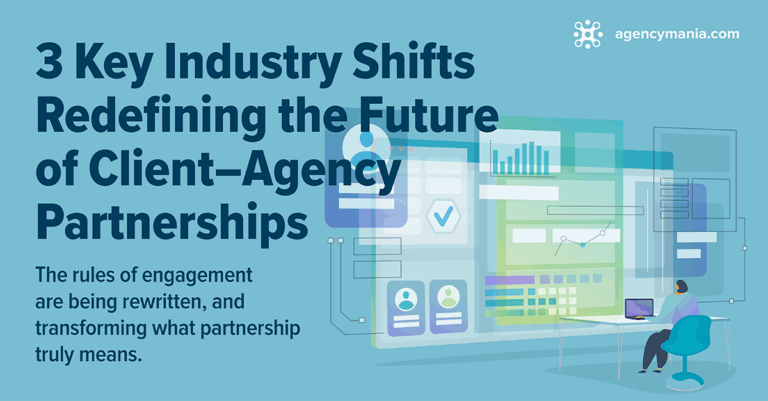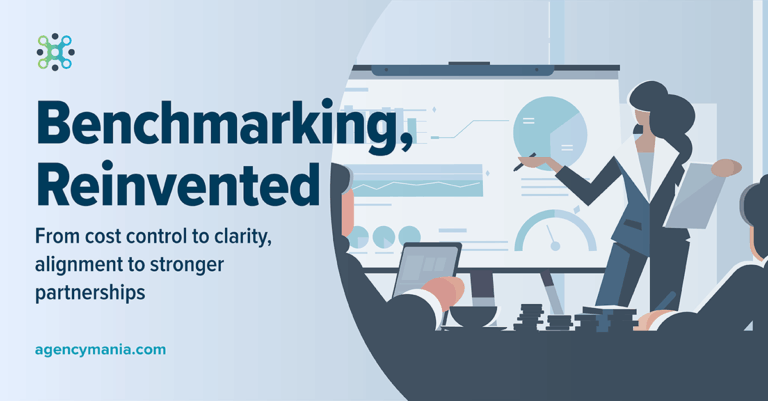5 Considerations to Keep in Mind When Choosing Between Retainer and Deliverable-First

By Bruno Gralpois, Co-founder and Principal at Agency Mania Solutions
There’s a lot to weigh to find the best fit for your agency
A deliverable-first model could prove more efficient.
No single model is perfect for every brand and marketer. However, what is most critical is determining if a deliverable is one and done or part of a larger campaign effort, one that may be subject to more expansion or a strategy shift. If grappling with which model works best for you, here are five criteria to think about when deciding.
Comfort level with lack of transparency in how agencies work
What is most critical is determining if a deliverable is one and done or part of a larger campaign effort.
Given that staffing-first models have been in practice for years, marketers are naturally accustomed to evaluating how agencies staff their account. Agencies submit staffing plans and associated retainers for their client’s review and approval. This is a level of transparency that is expected. Deliverable-first models are about what agencies produce. High-level staffing information may still be provided under a deliverable-first model, and those are no longer the basis on which the economics of the relationship are managed.
Ability to brief well and make timely decisions
The marketing organization must be willing to put greater emphasis on the quality of input and output and overall guidance to agencies. Both staffing and deliverable-first models benefit from strong briefs and scopes of work. Deliverable-first models require stronger quality briefings, improved feedback by clients to their agencies and timely approvals. Under this model, the agency will be particularly demanding of clients in that regard as well.
Capacity to develop a solid taxonomy
For either staffing or deliverable-first to work effectively (while also allowing internal and external benchmarking), consider requiring a robust taxonomy developed jointly with your agency. If you are tracking deliverables, even as a secondary focus under a staffing-first model, you must first develop a baseline taxonomy to allow consistency, transparency and data analysis. A deliverable-based taxonomy is often more complex to set up than a staffing one as there are far more variables to consider.
Open-ended exploration versus specific deliverables
If the work requirements are about open-ended exploration and your team is unable to articulate with some precision what deliverables will need to be created throughout the fiscal calendar, then a retainer-based model may work better as it provides maximum flexibility. If your organization’s work requirements can be defined in tangible deliverables, then a deliverable-first model can provide optimal accountability.
The agency’s willingness to focus on “deliverables”
If the agency previously operated under a retainer, moving to a deliverable-first model may create a bit of nervousness at first. Agencies may fear that their client will heavily focus on costs only, ignoring equally valuable criteria like value, quality and timeliness. They may be worried about losing flexibility. Agencies should instead realize that a deliverable-first model encourages clients to focus on work input/outputs instead of how they chose to staff the account. Clients should also evaluate costs in the context of how agencies deliver on other variables like quality and timeliness.
Keep in mind there is no right or wrong choice here. Instead, predicate the choice of which model to implement based on marketing strategy, plan, goals and requirements, as well as the personnel and approach of each agency. Ask how each model meshes with the abilities, personnel and needs of the internal marketing team. Therein lies the answer.






